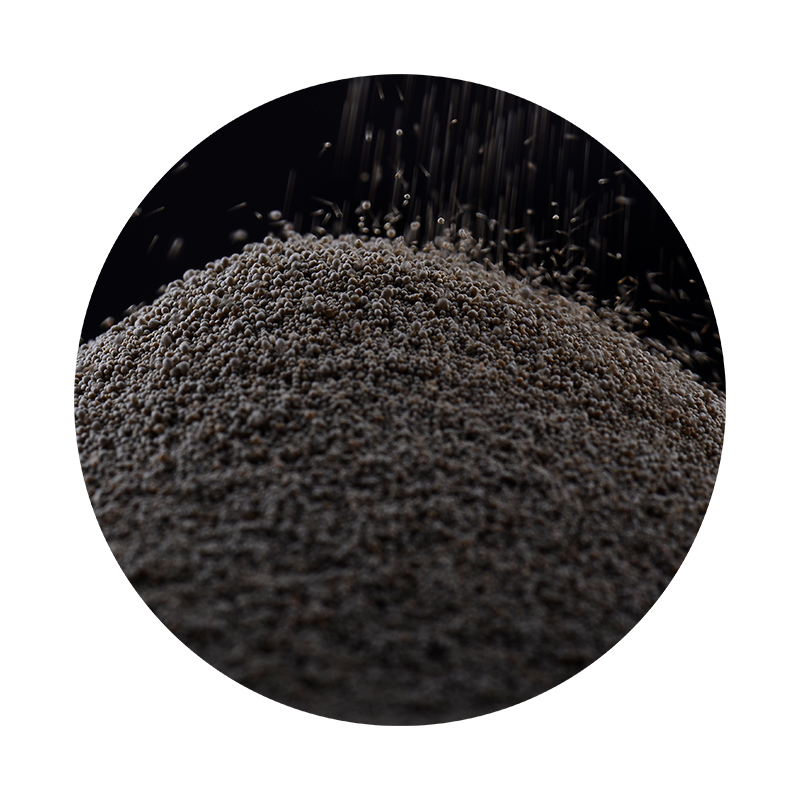Is Sand Casting Expensive?
Sand casting, a traditional manufacturing process, has been a cornerstone of metalworking for centuries. It involves forming a mold from sand to produce metal castings, and although it is widely used across various industries, many potential users often wonder is sand casting expensive? This article will explore the costs associated with sand casting, the factors influencing these costs, and the potential for cost savings in using this method.
Understanding Sand Casting
At its core, sand casting involves creating a pattern, typically from metal or another durable material, that is used to form a mold in the sand. Once the mold is made, molten metal is poured into it and allowed to cool, resulting in a solid metal part that can be removed from the sand. The simplicity of the process is one of the reasons sand casting remains popular, particularly for producing larger and more complex shapes that might be difficult to achieve with other methods.
The Elements of Cost
When assessing whether sand casting is expensive, several cost factors must be considered
1. Initial Setup Costs The initial costs of sand casting could be high due to the need for molds and patterns. Creating a mold can require significant upfront investment, especially if the parts being produced are large or complex. However, once the pattern is made, it can be reused multiple times, spreading the cost over several castings.
2. Material Costs Sand itself is relatively inexpensive, but the choice of metal to be cast can significantly affect overall costs. Common metals like aluminum and iron might be less costly than specialty alloys, influencing budget considerations.
3. Labor Costs Labor costs in sand casting can vary based on the processes employed and the skill level of the workforce. Skilled labor is often required to ensure that the patterns and molds are made accurately, which can add to the overall expense. However, automation in some processes can help reduce these labor-related costs.
4. Post-Processing Once the casting is complete, additional processes like machining, finishing, or quality inspections may be required to meet specifications, which can further add to costs. However, these processes are common across many manufacturing techniques and should be factored into overall pricing.
is sand casting expensive

5. Production Volume Sand casting is particularly cost-effective at lower production volumes. For small runs, such as prototypes or bespoke parts, the costs can be competitive compared to other methods. However, for high-volume production, investment in high-speed production methods like die casting might yield more savings.
Cost Advantages of Sand Casting
Despite the factors that can contribute to higher costs, sand casting has several advantages that can make it a cost-effective choice
- Flexibility Sand casting can handle a wide variety of metals and is adaptable to different part sizes and complexities. This flexibility means that manufacturers can meet diverse customer needs without significant retooling costs.
- Low Tooling Costs Relative to other casting methods, the tooling costs for sand casting are generally lower, especially for low-volume production. This aspect can be particularly beneficial for startups and small businesses looking to enter the market.
- Reduced Material Waste Sand casting has relatively low material waste when compared to processes like machining from solid blocks of material, as near-net shape is often achieved.
The Bottom Line
In conclusion, whether sand casting is considered expensive or not largely depends on the specific circumstances of the project. Initial setup costs can be significant, but when spread over multiple casts, the costs can become much more manageable. The material choice, labor, and post-processing requirements all contribute to the overall expense, while the inherent flexibility and low tooling costs of sand casting can provide significant advantages.
For manufacturers that require flexibility, low-to-mid production volumes, or custom castings, sand casting remains a viable and often cost-effective option. As with any manufacturing decision, it is imperative to evaluate your specific needs, budget, and the potential for future work to determine if sand casting aligns with your financial and production goals.
Post time:Samh . 15, 2024 18:55
Next:sand casting china
